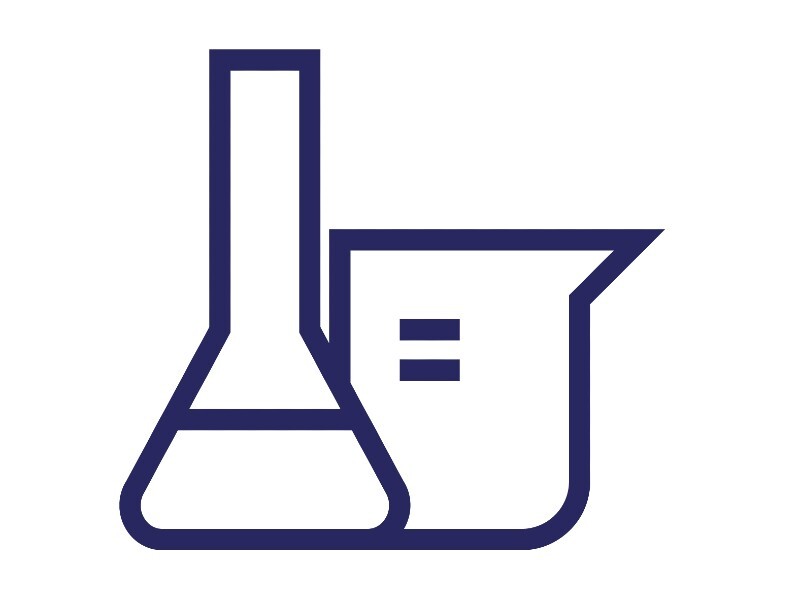Luperox® NeatCure® organic peroxide granules
Webinar : LUPEROX® NeatCure®S Innovative Crosslinking system
During this session, our expert Alfredo DEFRANCISCI explained how new peroxide formulations can support your operations in elastomer and polymer processing. The webinar discussed how LUPEROX® NeatCure®S offers:
⦁ Faster curing, suitable for both continuous and molding applications
⦁ Dust-free handling, improving workplace safety and process consistency
⦁ Reliable performance, while meeting the latest regulatory standards
A new generation of organic peroxide granules
Innovative organic peroxide granules, designed to enable faster and safer curing of elastomers and polymers
As regulatory constraints (REACH) become increasingly stringent, Arkema has leveraged its advanced synthesis and formulation know-how to develop a major innovation: Luperox® NeatCure®, the next generation granules that ensure fast curing while meeting the highest compliance standards without compromising performance.
Luperox® NeatCure® solutions are dust-free granular peroxide formulations developed for crosslinking of elastomers and polymers. They allow fast curing, granting higher productivity in continuous curing processing (extrusion and curing in salt bath or continuous vulcanization lines) and shorter molding time in press molding or injection molding.
 Developed for crosslinking of elastomers and polymers
Developed for crosslinking of elastomers and polymers
Luperox® Neatcure® Benefits
Luperox® NeatCure® granules offer the following benefits:
-
→ Fast curing and safe scorch
-
→ Not SVHC
-
→ No CMR labeling
-
→ No smell of acetophenone
-
→ No blooming
Typical properties
Property |
Value |
| Appearance | Granules |
| Self-Accelerated Decomposition Temperature | 75°C |
Luperox® NeatCure® exist in 2 formulations, please get in touch with your Arkema contact to find which product will be the best option for your needs.
Safety
Organic peroxides are unstable compounds which can decompose violently if not handled properly. This decomposition can occur if these products are overheated or if contaminated with an incompatible materials. Organic peroxides also represent a fire hazard since, if ignited, they burn at fast rate. Safety is the primary concern for handling, storing and transport of these hazardous materials. Arkema provides safety practices and procedures to ensure safe handling of these products.
For more information on safety topics in using Organic Peroxides, please see EOPSG website in Europe and OPPSD website in the USA.
Organic peroxide granules: FAQ & use examples
What is an organic peroxide?
An organic peroxide is a chemical compound containing one or more –O–O– (peroxy) bonds, which decompose to generate free radicals under heat. These radicals initiate or catalyze various chemical reactions, including polymerization, crosslinking, and curing. Organic peroxides are key intermediates in the production of high-performance polymers, elastomers, and coatings, as well as in chemical synthesis and environmental applications.
What are organic peroxide granules used for?
Organic peroxide granules are used as initiators, crosslinking agents. Their controlled decomposition releases free radicals that start or accelerate crosslinking reactions in materials such EPDM, silicons. The granular form offers improved safety, easier handling, and uniform dispersion in formulations for plastics, rubbers, and composites.
What is so special about Luperox® NeatCure® S?
Luperox® NeatCure® S concentrates the best of Arkema’s formulation know-how in one granule, from the choice of ingredients to the shape and softness of the granules. Luperox® NeatCure® S also uses a unique combination of in-house active molecules of Arkema. All this is covered by patents, but also the unique know-how of Arkema.
What is the active ingredient of Luperox® NeatCure® S?
Luperox® NeatCure® S combines two of our regular peroxides : the fast Luperox® 230 and the mild Luperox® F. The achievement is to be able to mix them into the same granule.
How does Luperox® NeatCure® S, compare with the Luperox® F40 series:
Luperox® NeatCure® S is fast than Luperox® F40. It is the perfect complement to Luperox® F40 in the toolbox of formulators.
Which polymers and elastomers is Luperox® NeatCure® S capable of crosslinking?
Luperox® NeatCure® S is effective with all the typical elastomers and polymers usually crosslinked by organic peroxides including EPDM and EVA.
Arkema keeps on delevoping new products and services, to achieve higher conversion rates, lower global specific consumption all while improving safety standards during operation.
